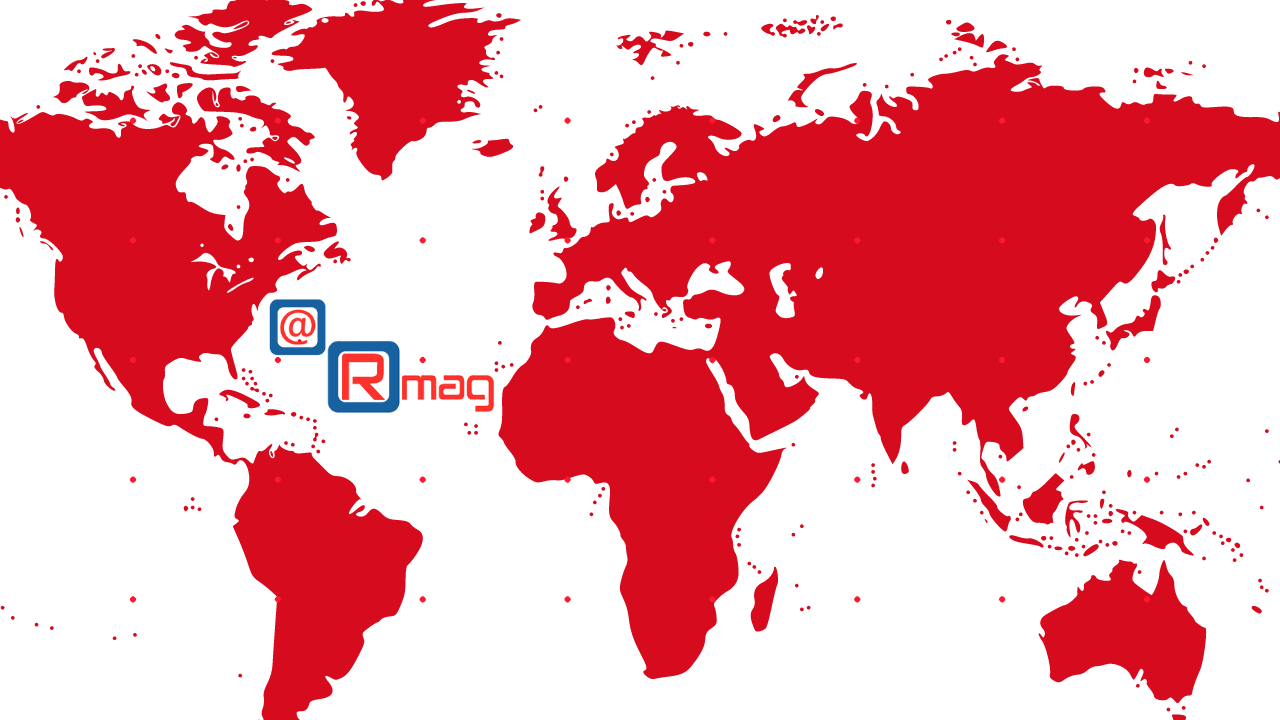Introduction
In this article, we’ll walk through how to extend a plugin resource, as well as other Filament resources.
Checking the Plugin’s Configuration
Let’s say we installed a plugin that registers resources, for example, the Filament Authentication Log, and we want to extend the available AuthenticationLogResource.php resource to add some customizations in our application.
To start with, we need to check whether the plugin enables us to configure its resources. We can take a look at the plugin’s config file to see if we can locate a “resources” key or something similar that specifies the original resource(s):
‘resources’ => [
‘AutenticationLogResource’ => TappFilamentAuthenticationLogResourcesAuthenticationLogResource::class,
],
And on the plugin’s class (the class used to interact with a panel configuration file), we can check that the resources registered are the ones defined on the config file:
e.g.: /src/FilamentAuthenticationLogPlugin.php
{
$panel
->resources(
config(‘filament-authentication-log.resources’)
);
}
Now that we have confirmed that the plugin provides this configuration, let’s extend the resource!
Extending the Plugin Resource
We are ready to write our own AuthenticationLogResource.php resource that extends the plugin’s resource! We can write it in our project’s Filament resource directory (app/Filament/Resources):
use TappFilamentAuthenticationLogResourcesAuthenticationLogResource as BaseAuthenticationLogResource;
class AuthenticationLogResource extends BaseAuthenticationLogResource
{
// your custom code here
}
If you haven’t yet, you can now publish the plugin’s configuration file so we would be able to instruct Filament to use our custom resource. Below is an example using our local AppFilamentResourcesAuthenticationLogResource class we’ve just written in the project’s config/filament-authentication-log.php file:
‘AutenticationLogResource’ => AppFilamentResourcesAuthenticationLogResource::class,
],
Also, we can add the respective create, edit, list, and view pages (if they are used) on our local project. Here’s an example for the list page:
use FilamentResourcesPagesListRecords;
class ListAuthenticationLogs extends ListRecords
{
// …
}
There’s just one more thing left: in the project’s custom resource class, we need to override the getPages() method to use our page instead of the plugin’s:
public static function getPages(): array
{
return [
‘index’ => PagesListAuthenticationLogs::route(‘/’),
];
}
Great! Our new resource class should now be used.
This same technique can be applied to extend other Filament resources as well.
Feel free to ping me here or on my social networks if you have any questions, suggestions, or are using this technique. I’d love to hear from you! 🙂
Happy coding and see you next time!



